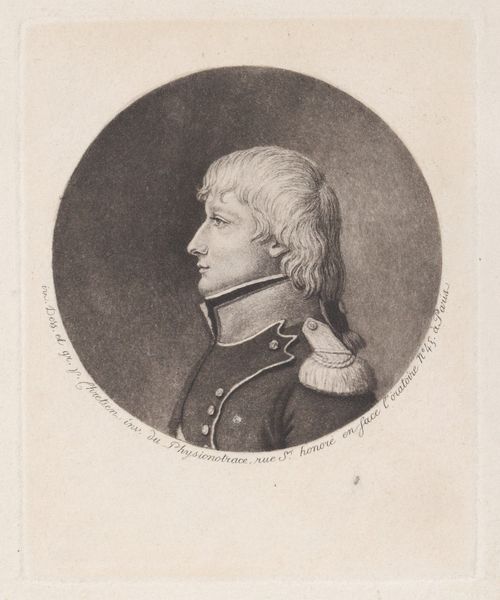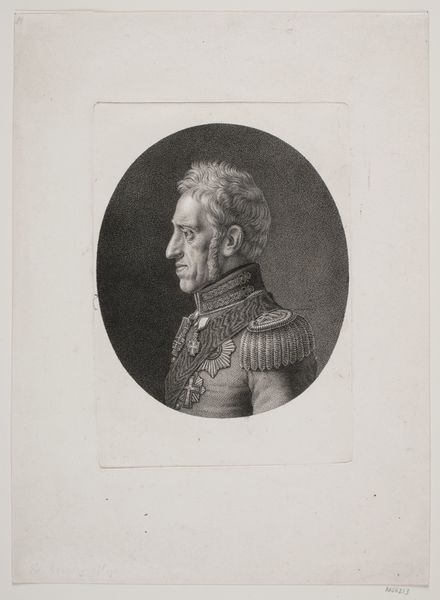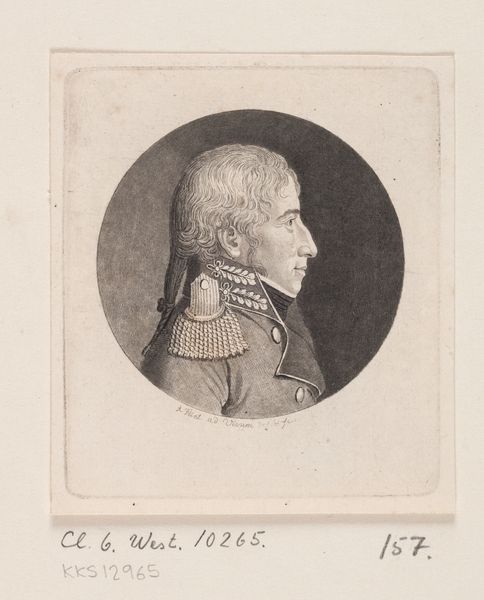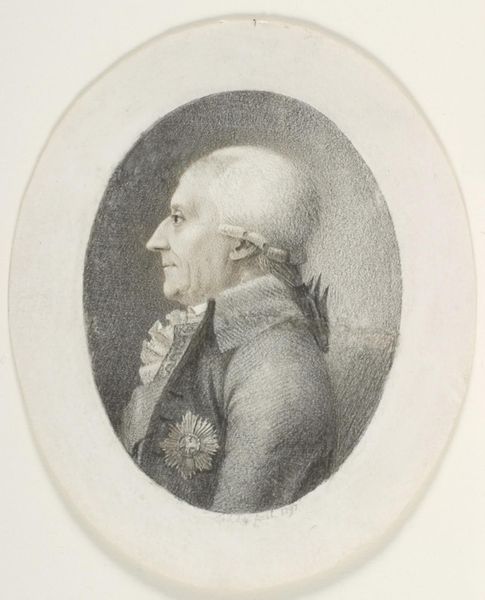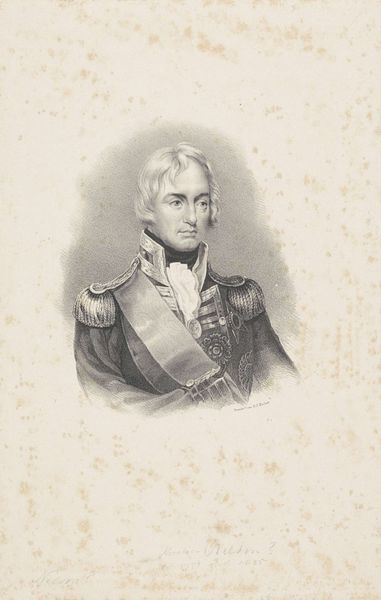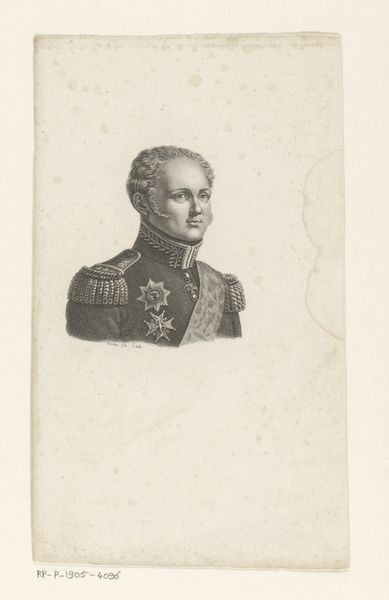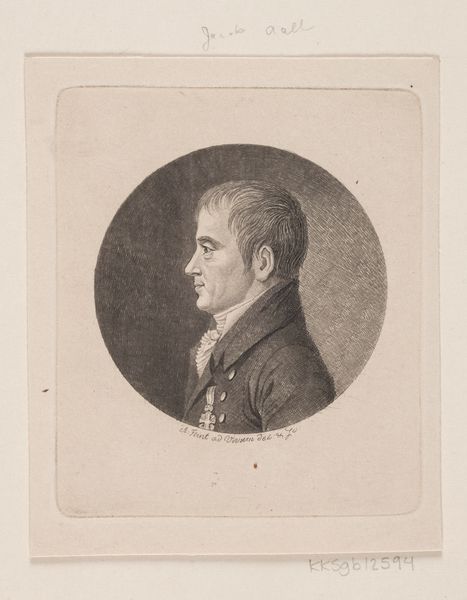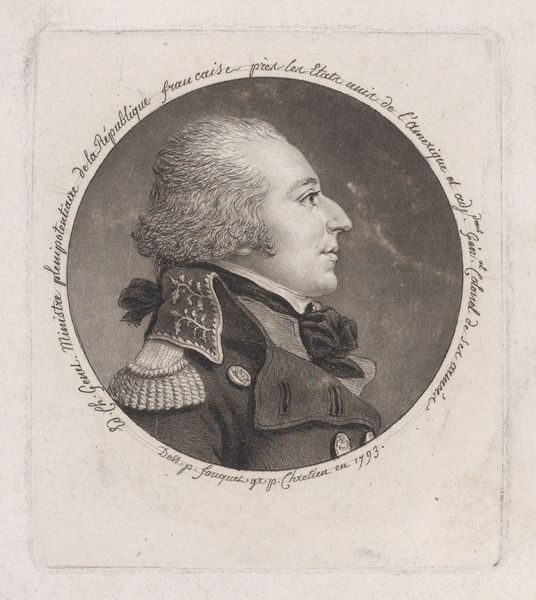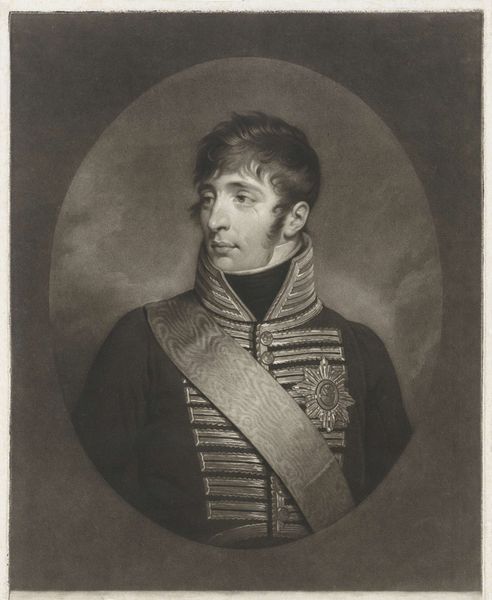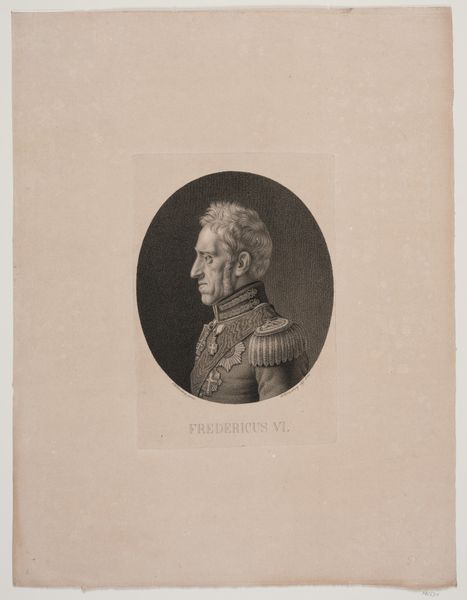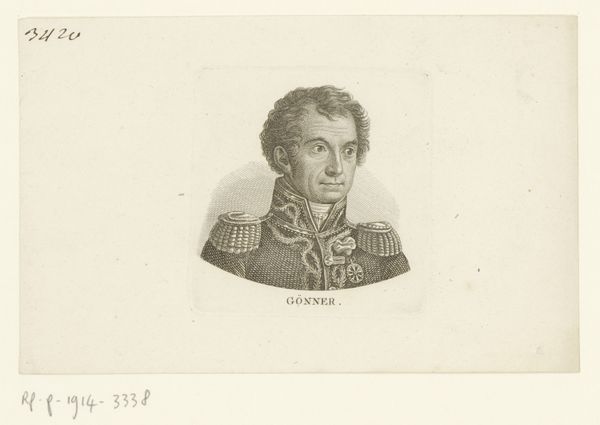
drawing, print, engraving
#
portrait
#
pencil drawn
#
drawing
#
neoclacissism
# print
#
form
#
line
#
engraving
Dimensions: Plate: 2 5/16 × 2 5/16 in. (5.8 × 5.8 cm) Sheet: 4 9/16 × 3 1/16 in. (11.6 × 7.7 cm)
Copyright: Public Domain
Editor: This is Gilles Louis Chrétien's "Portrait of a man to right," created sometime between 1786 and 1811. It’s an engraving, giving it a very precise, almost clinical feel. What jumps out to you about this print? Curator: Immediately, I'm drawn to the mechanics of its production. Look at the repetitive, almost industrial nature of engraving. Each line, a deliberate action, reminiscent of early manufacturing processes. Editor: You're right, it does look mass-producible! But wouldn't that cheapen the image of the man it depicts? Curator: Consider the social context. Neoclassicism favoured rationality and order. Chrétien’s technique mirrors those values, transforming individual portraiture into a product – a commodity reflecting the societal shift toward mass production. The act of creation, from artist to engraver to printer, reveals the collaborative labor often unseen in art historical narratives. Who was this man, and for whom were these portraits made? Editor: The man is wearing what looks like a military uniform. Does that change anything? Curator: It absolutely does. Military rank, often tied to land ownership and therefore power, becomes a packaged image. It speaks to the increasing commodification of status and the performative nature of identity in a revolutionary era. We also see how the choice of a 'low' material (print) has social implications; did it popularize his figure, or diminish his 'high' rank in society by turning him into a widely available commodity? Editor: I hadn't considered the connection between artistic production and social commentary like that. It makes me rethink how I see portraits. Curator: Exactly! It forces us to consider not just the image, but also the system that produced and circulated it. That gives a more complex image of its period.
Comments
No comments
Be the first to comment and join the conversation on the ultimate creative platform.
